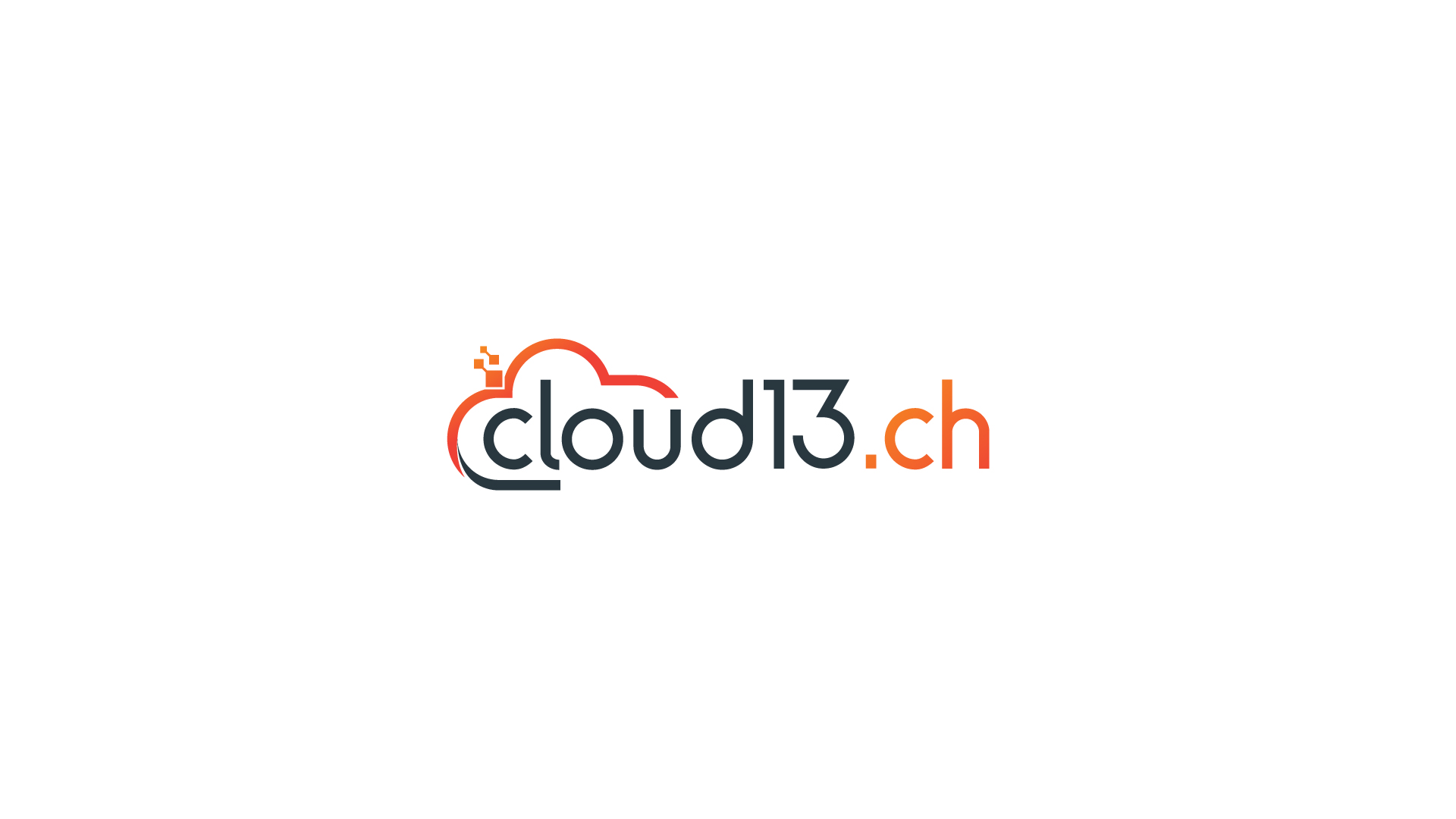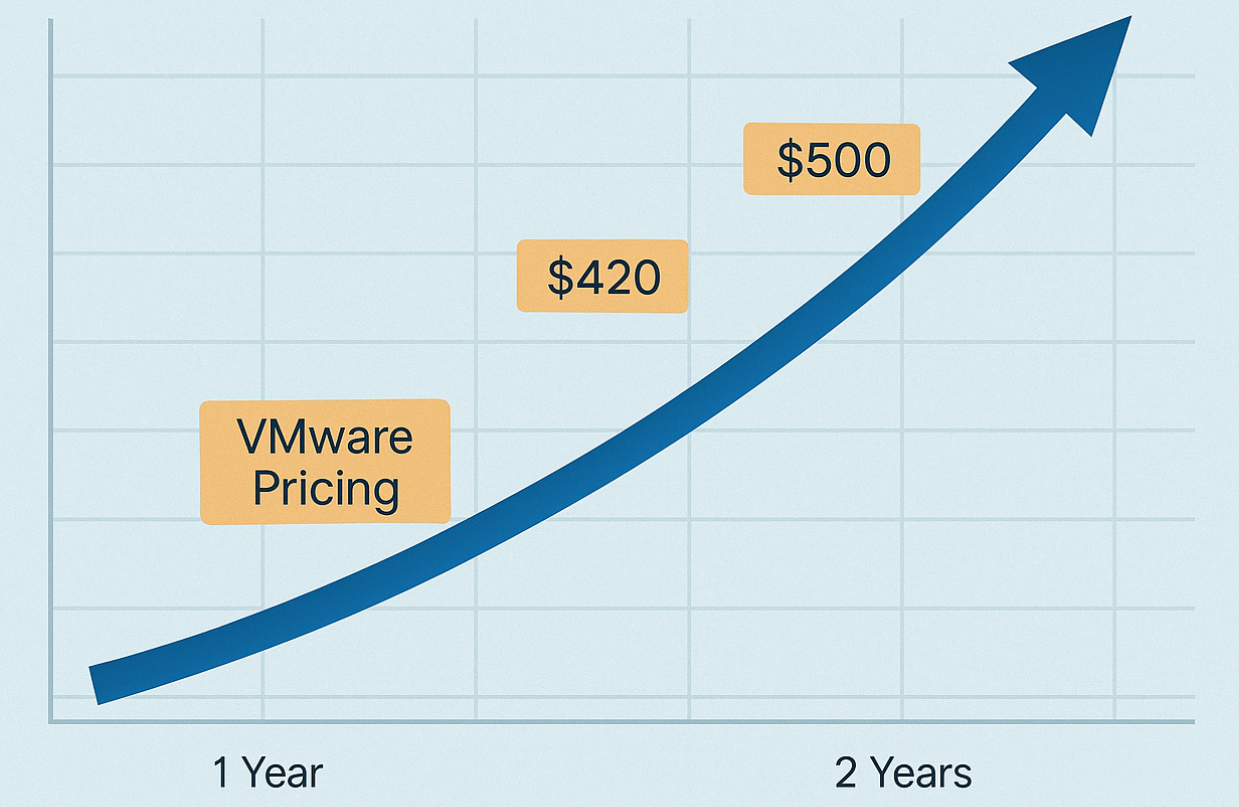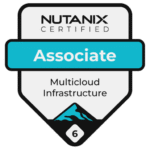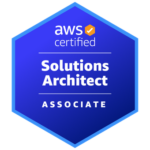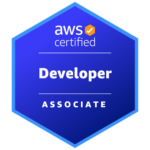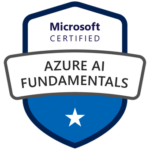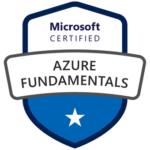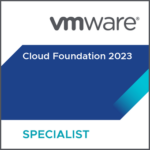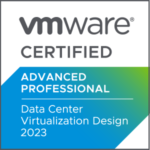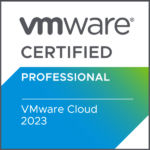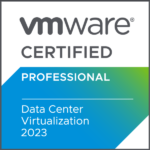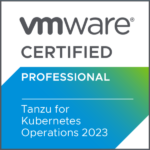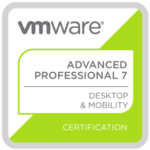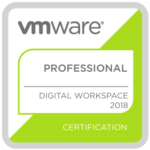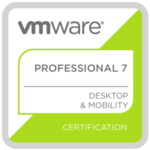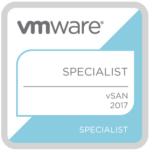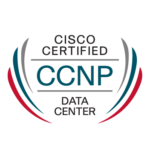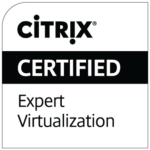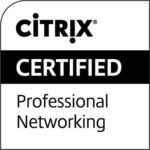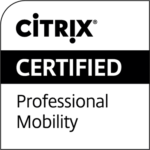For over a decade, VMware has been the foundation of enterprise IT. Virtualization was almost synonymous with VMware, and entire operating models were built around it. But every era of technology eventually reaches a turning point. With vSphere 8 approaching its End of General Support in October 2027, followed by the End of Technical Guidance in 2029, customers are most probably being asked to commit to VMware Cloud Foundation (VCF) 9.x and beyond.
On paper, this may look like just another upgrade cycle, but in reality, it forces every CIO and IT leader to pause and ask the harder questions: How much control do we still have? How much flexibility remains? And do we have the freedom to define our own future?
Why This Moment Feels Different
Enterprises are not new to change. Platforms evolve, vendors shift focus, and pricing structures come and go. Normally, these transitions are gradual, with plenty of time to adapt.
What feels different today is the depth of dependency on VMware. Many organizations built their entire data center strategy on one assumption: VMware is the safe choice. VMware became the backbone of operations, the standard on which teams, processes, and certifications were built.
CIOs realize the “safe choice” is no longer guaranteed to be the most secure or sustainable. Instead of incremental adjustments, they face fundamental questions: Do we want to double down, or do we want to rebalance our dependencies?
Time Is Shorter Than It Looks
2027 may sound far away, but IT leaders know that large infrastructure decisions take years. A realistic migration journey involves:
-
Evaluation & Strategy (6 to 12 months) – Assessing alternatives, validating requirements, building a business case.
-
Proof of Concept & Pilots (6to 12 months) – Testing technology, ensuring integration, training staff.
-
Procurement & Budgeting (3 to 9 months) – Aligning financial approvals, negotiating contracts, securing resources.
-
Migration & Adoption (12 to24 months) – Moving workloads, stabilizing operations, decommissioning legacy systems.
Put these together, and the timeline shrinks quickly. The real risk is not the change itself, but running out of time to make that change on your terms.
The Pricing Question You Can’t Ignore
Now imagine this scenario:
The list price for VMware Cloud Foundation today sits around $350 per core per year. Let’s say Broadcom adjusts it by +20%, raising it to $420 this year. Then, two years later, just before your next renewal, it increases again to $500 per core per year.
Would your situation and thoughts change?
For many enterprises, this is not a theoretical question. Cost predictability is part of operational stability. If your infrastructure platform becomes a recurring cost variable, every budgeting cycle turns into a crisis of confidence.
When platforms evolve faster than budgets, even loyal customers start re-evaluating their dependency. The total cost of ownership is no longer about what you pay for software -more about what it costs to stay locked in.
And this is where strategic foresight matters most: Do you plan your next three years assuming stability, or do you prepare for volatility?
The Crossroads – vSphere 9 or VCF 9
In the short term, many customers will take the most pragmatic route. They upgrade to vSphere 9 to buy time. It’s the logical next step, preserving compatibility and delaying a bigger architectural decision.
But this path comes with an expiration date. Broadcom’s strategic focus is clear, the future of VMware is VCF 9. Over time, standalone vSphere environments will likely receive less development focus and fewer feature innovations. Eventually, organizations will be encouraged, if not forced, to adopt the integrated VCF model, because vSphere standalone or VMware vSphere Foundation (VVF) are going to be more expensive than VMware Cloud Foundation.
For some, this convergence will simplify operations. For others, it will mean even higher costs, reduced flexibility, and tighter coupling with VMware’s lifecycle.
This is the true decision point. Staying on vSphere 9 buys time, but it doesn’t buy independence (think about sovereignty too!). It’s a pause, not a pivot. Sooner or later, every organization will have to decide:
-
Commit fully to VMware Cloud Foundation and accept the new model, or
-
Diversify and build flexibility with platforms that maintain open integration and operational control
Preparing for the Next Decade
The next decade will reshape enterprise IT. Whether through AI adoption, sovereign cloud requirements, or sustainability mandates, infrastructure decisions will have long-lasting impact.
The question is not whether VMware remains relevant – it will. The question is whether your organization wants to let VMware’s roadmap dictate your future.
This moment should be viewed not as a threat but as an opportunity. It’s a chance (again) to reassess dependencies, diversify, and secure true autonomy. For CIOs, the VMware shift is less about technology and more about leadership.
Yes, it’s about ensuring that your infrastructure strategy aligns with your long-term vision, not just with a vendor’s plan.
